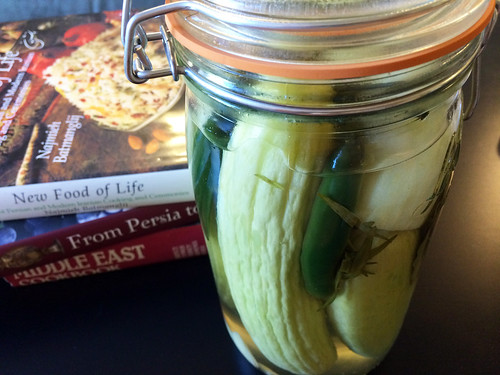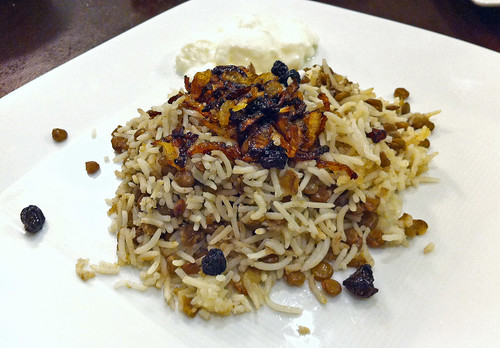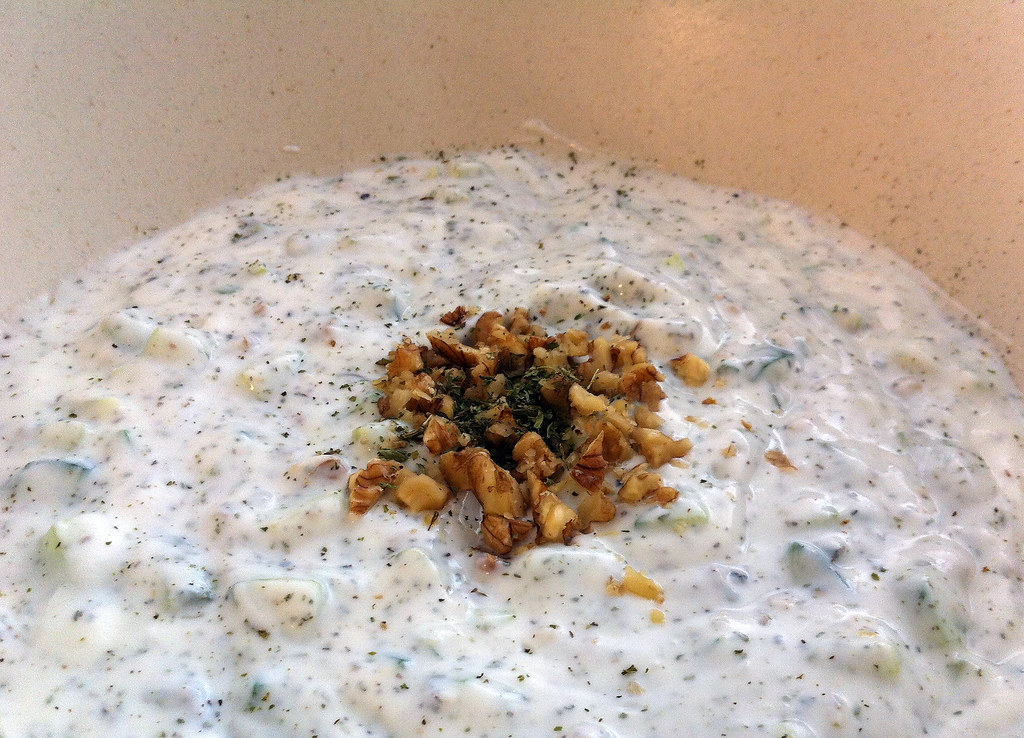This almond milk is incredibly easy to make, contains no sugar, and is absolutely delicious. I first concocted this rich refresher last year when I was trying to return to cleaner eating habits and ended up enjoying this by itself as a dessert.
With only four ingredients, this almond milk is a breeze — and much healthier than the additive laced versions you’ll find in the grocery store. Make sure you use raw almonds (instead of roasted) to achieve the right flavor.
Ingredients:
1 cup raw almonds
5 cups filtered water, plus more for soaking
4 plump Medjool dates, pitted
1/4 teaspoon cinnamon
sea salt
1. In a bowl, cover the almonds with water and let stand overnight in the refrigerator.
2. Drain and rinse the almonds; transfer to a blender. Add the dates, cinnamon, 5 cups of water and a pinch of salt to the blender and puree on high speed until very smooth, about 2 minutes. Pour the nut milk through a cheesecloth-lined fine sieve set over a bowl and let drain for 30 minutes. Using a spatula, press on the solids to extract any remaining milk; discard the solids. Transfer the nut milk to an covered container and refrigerate until chilled, about 30 minutes. Stir or shake before serving.





